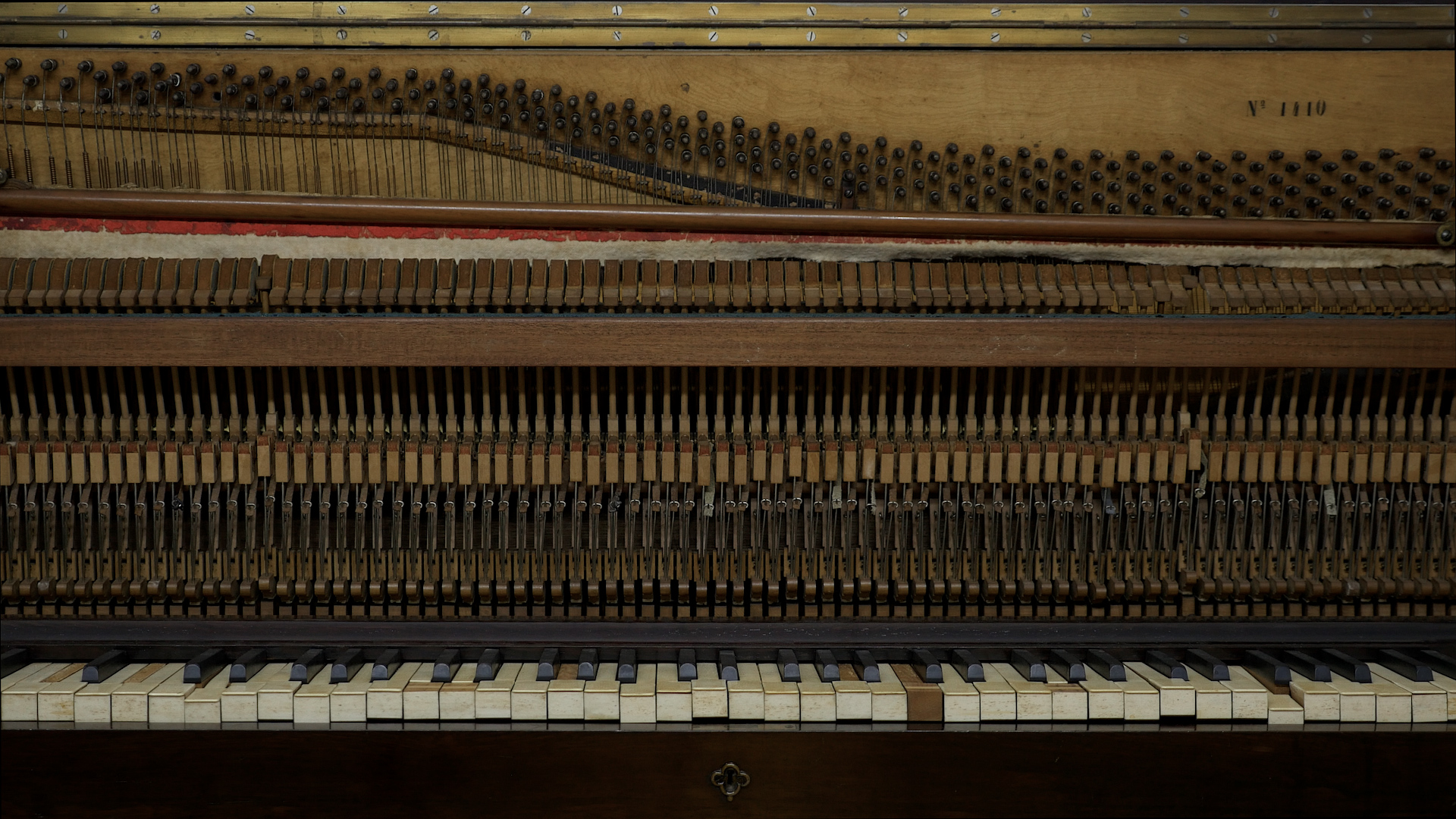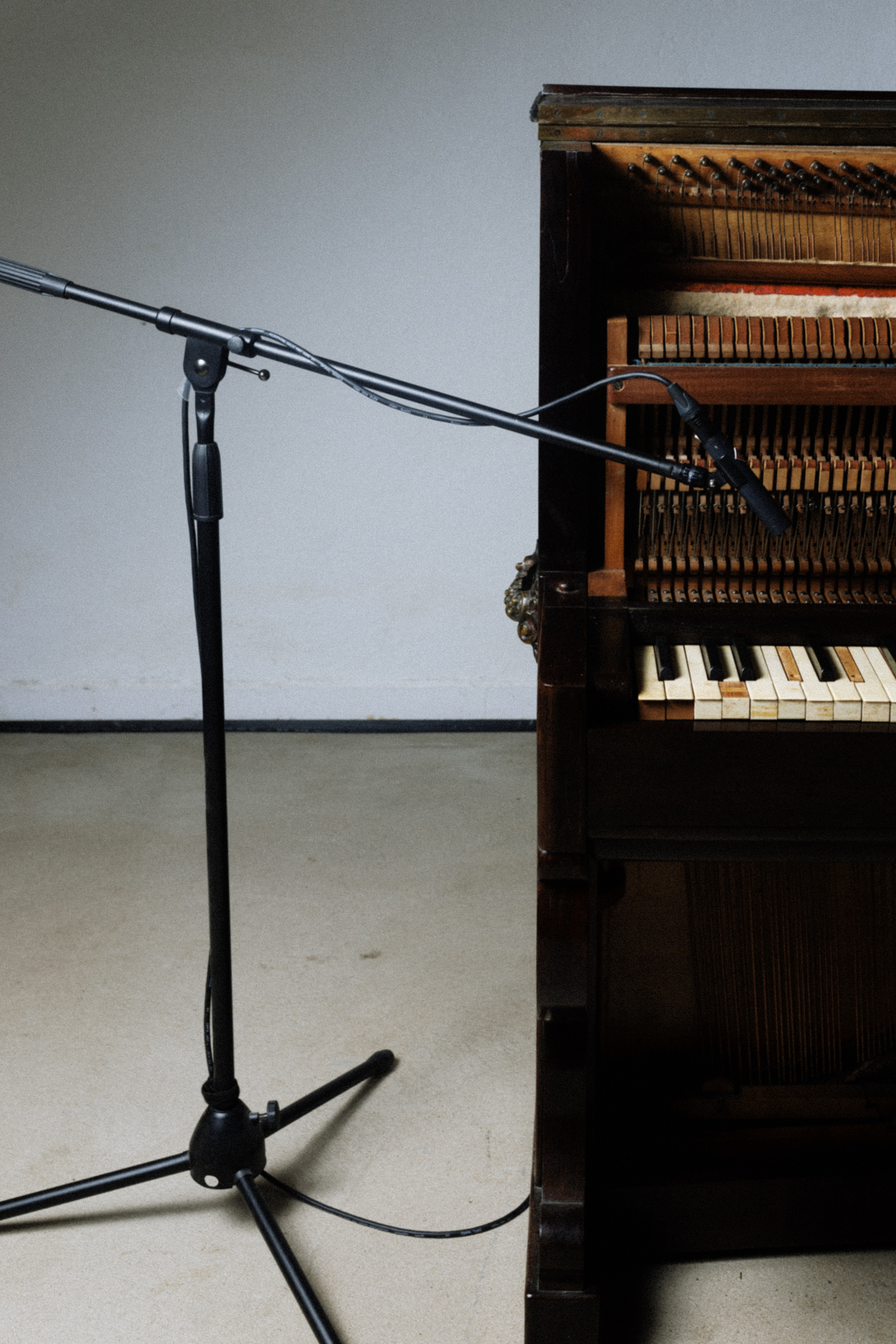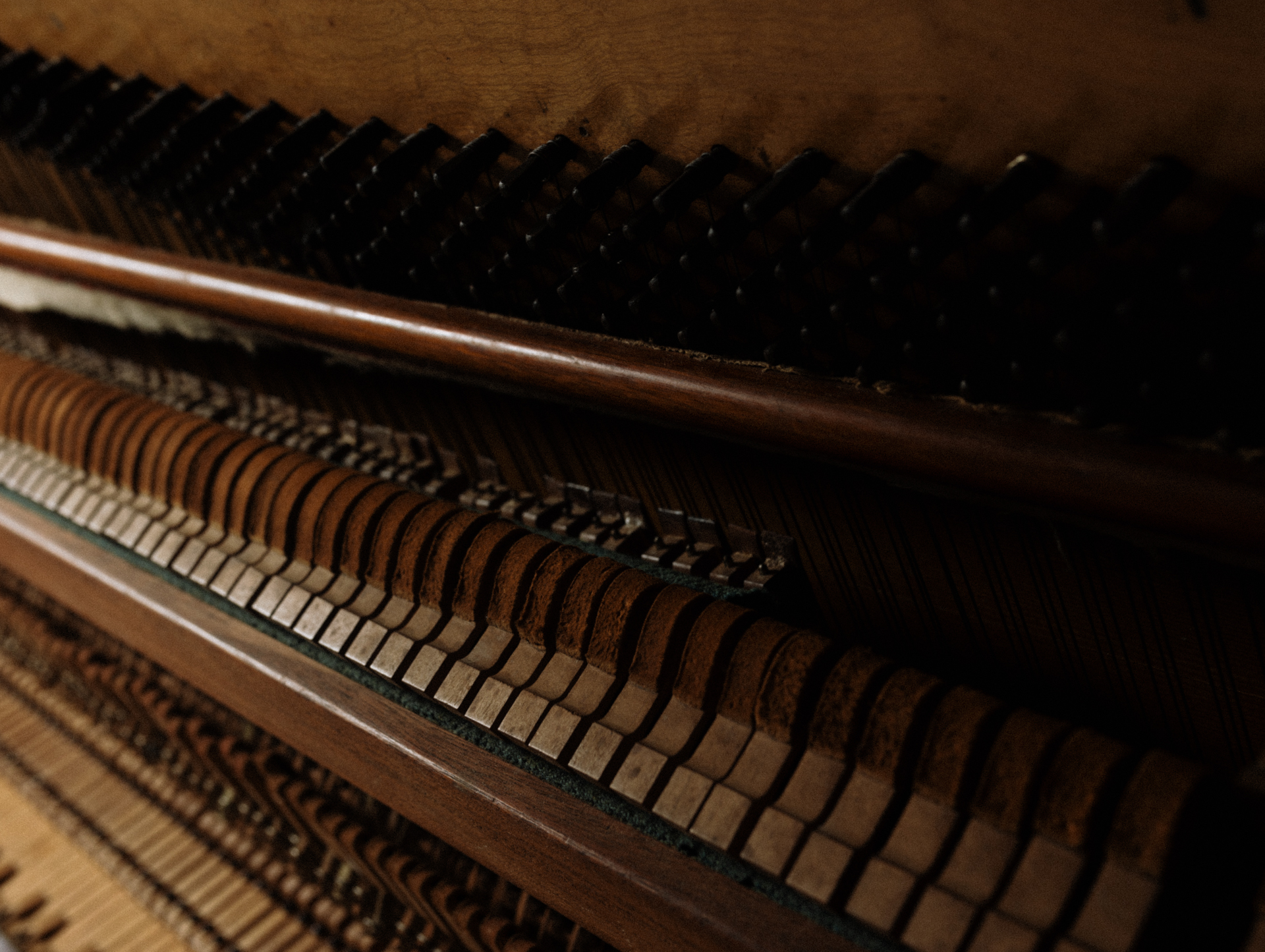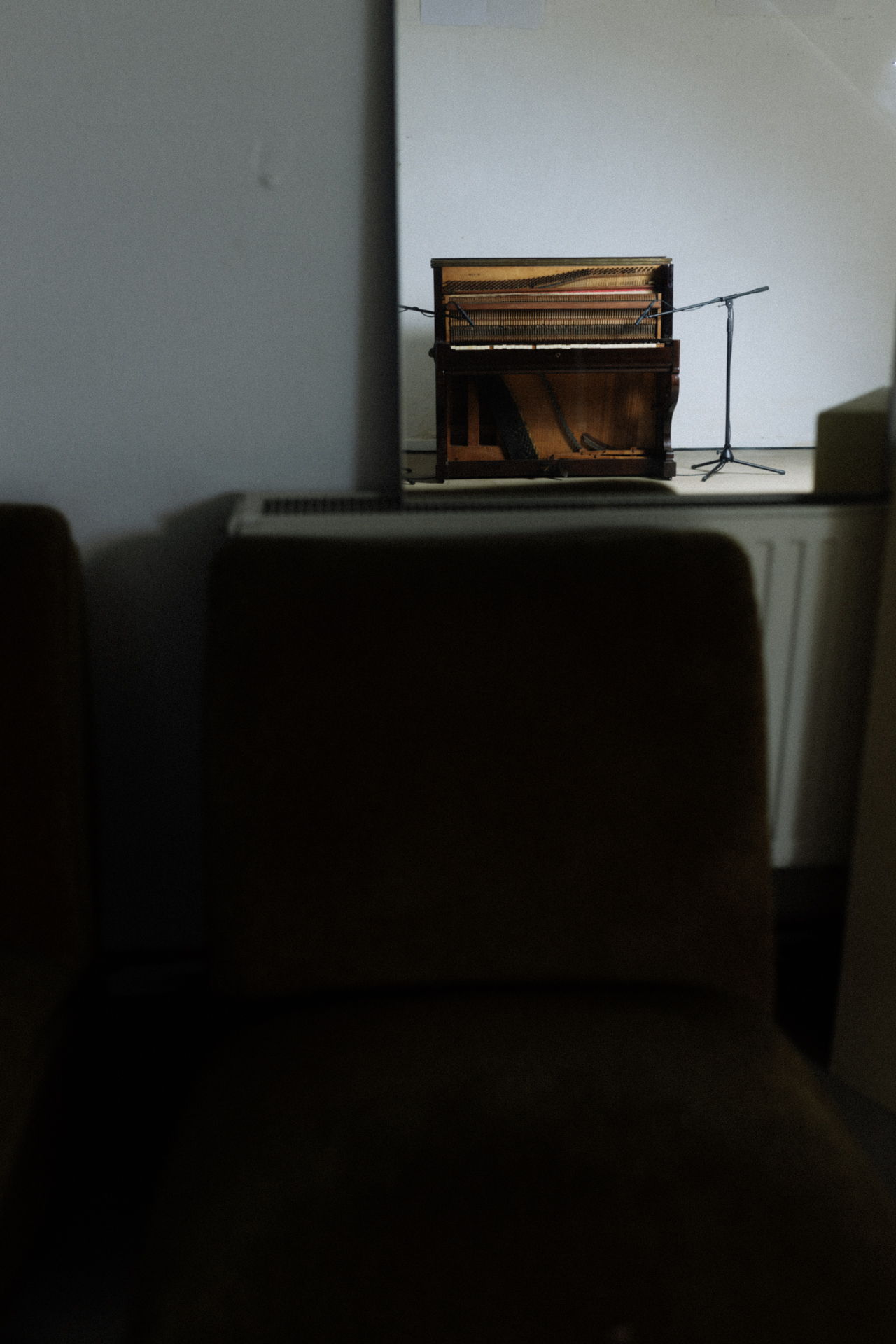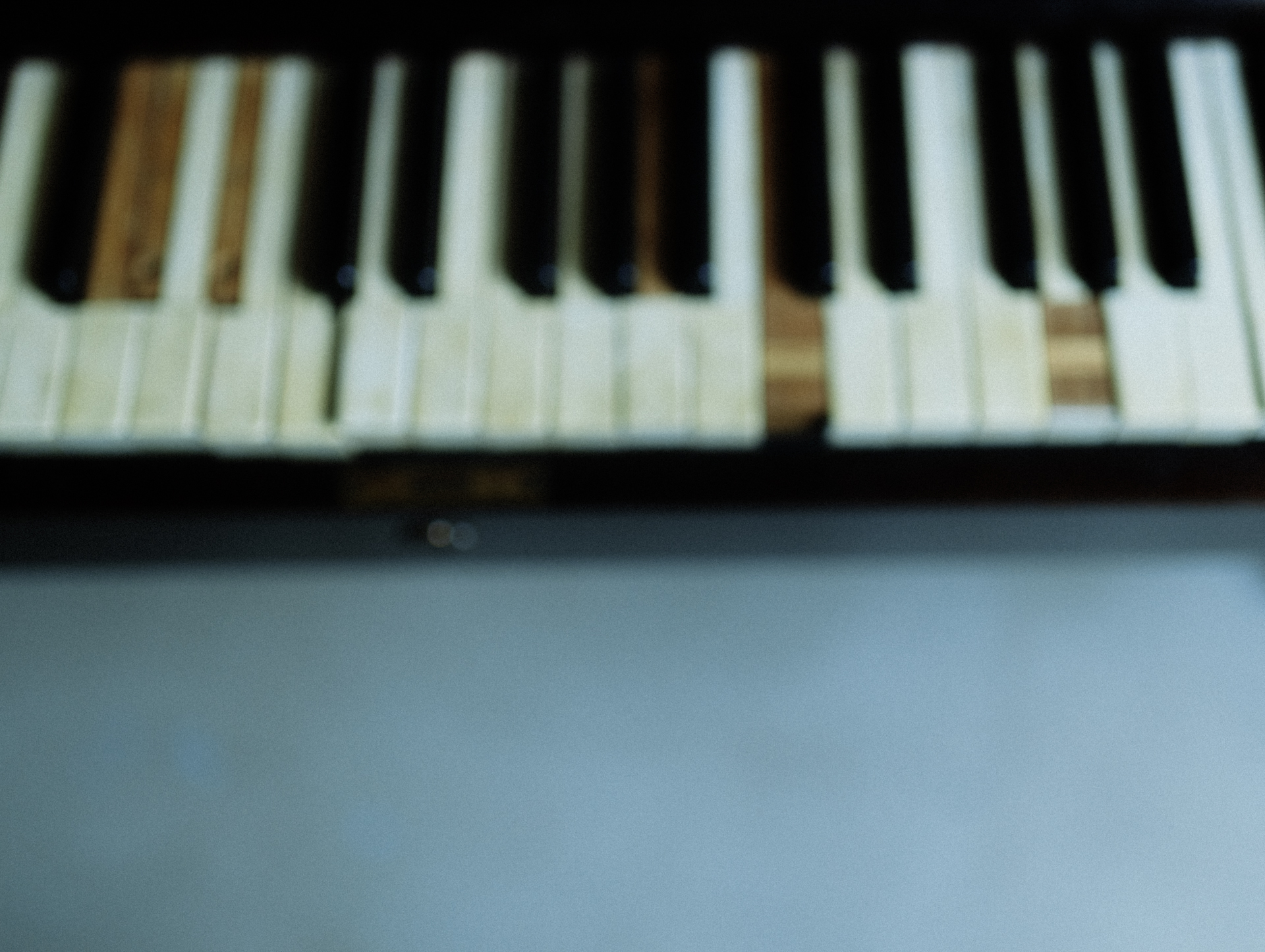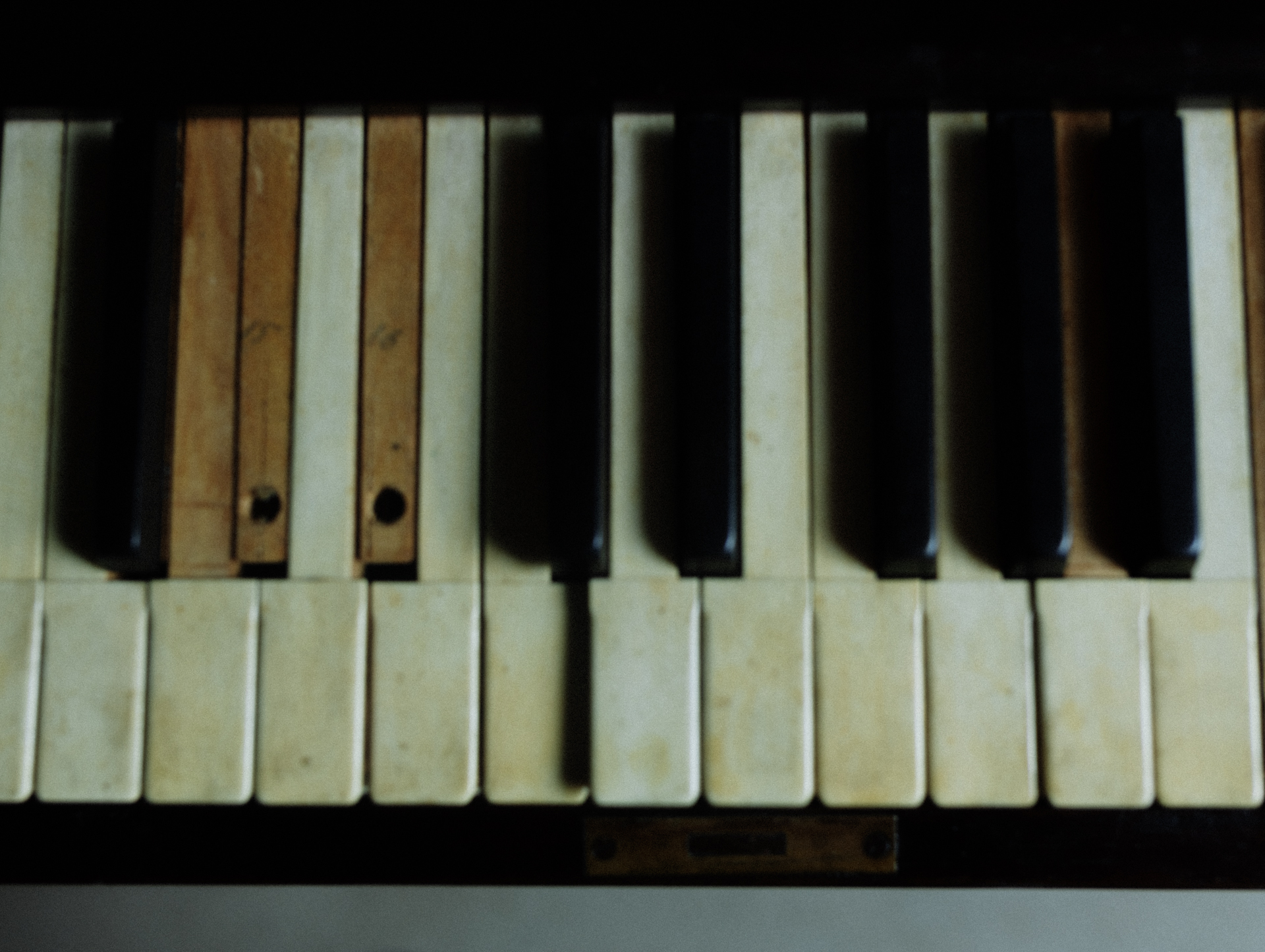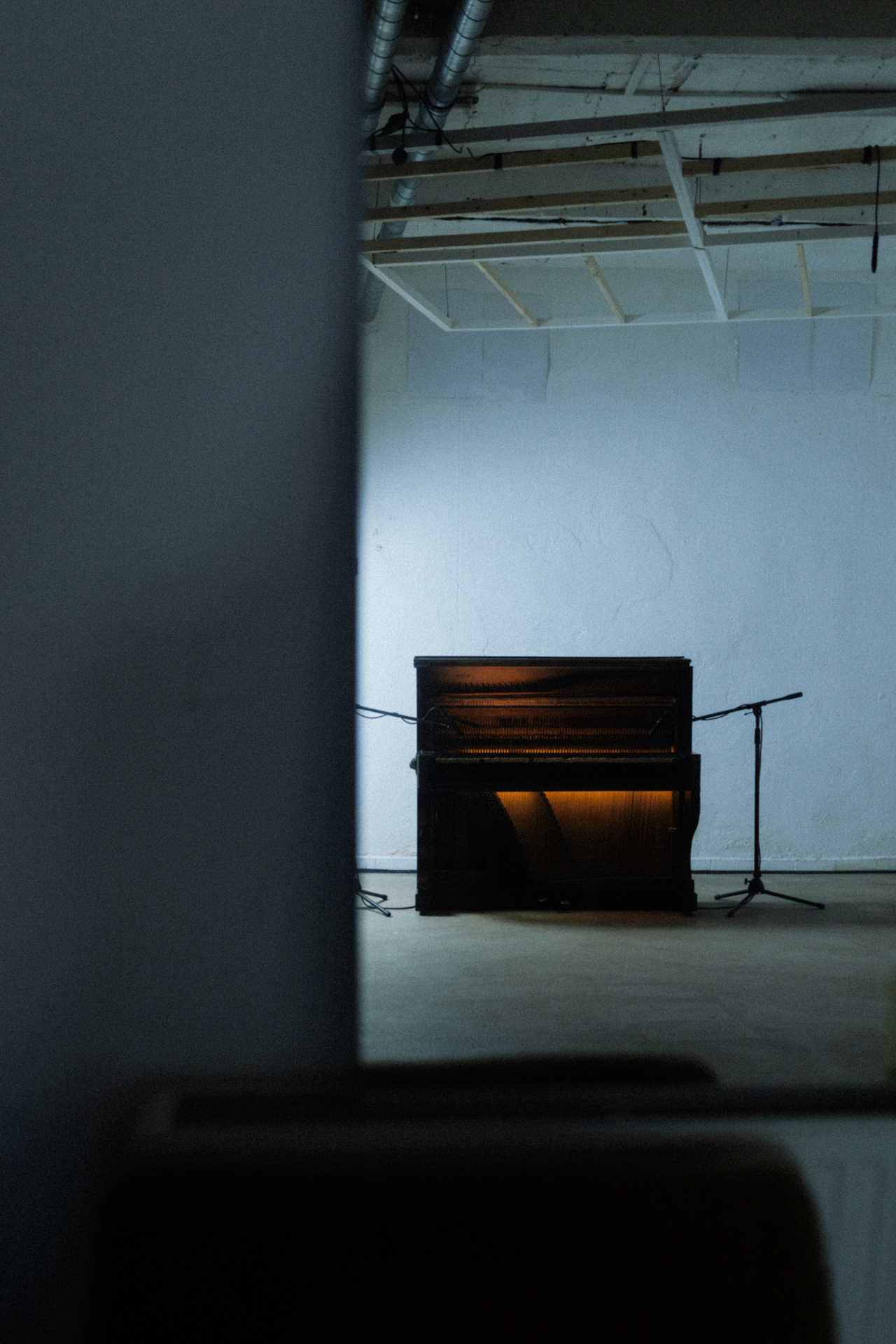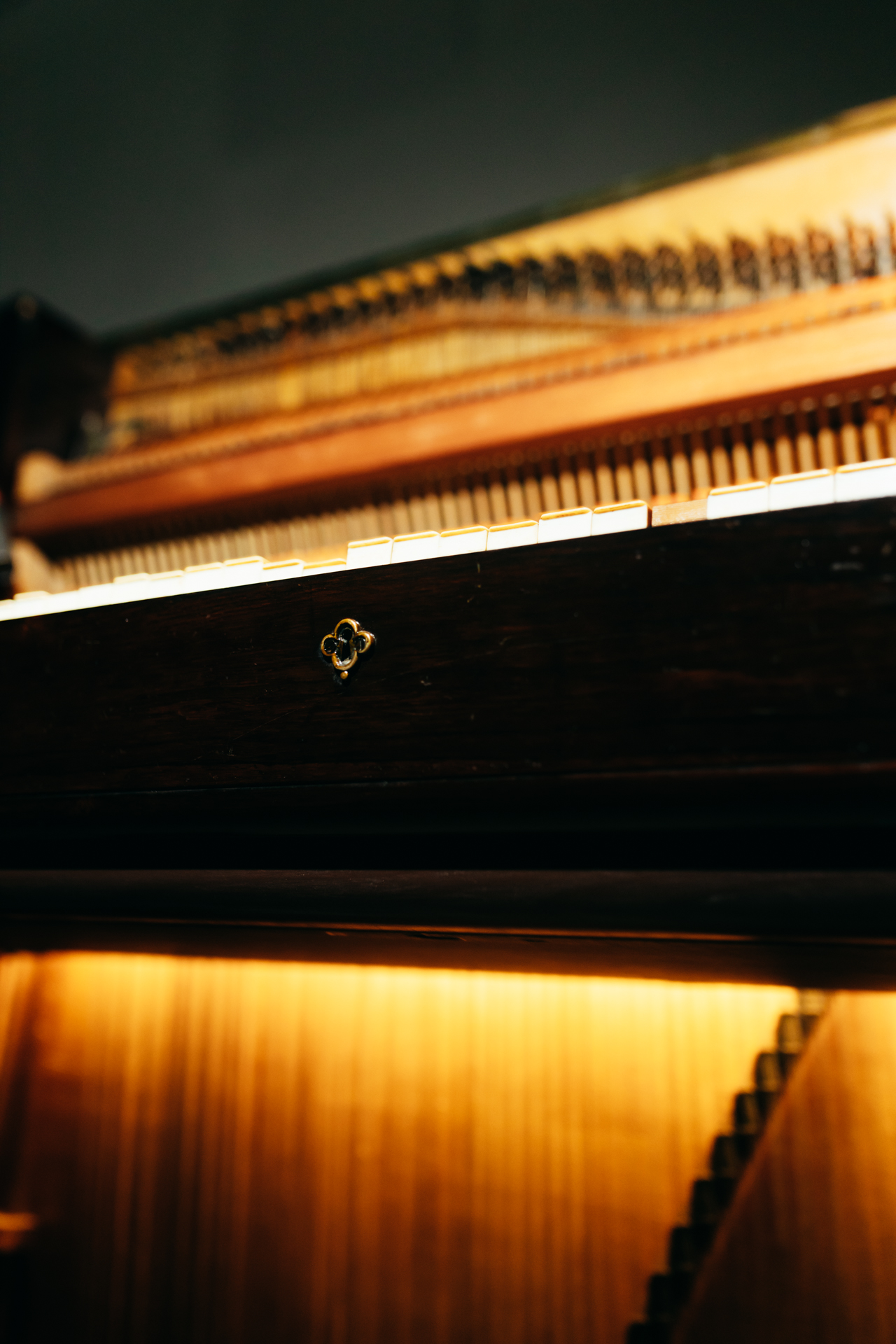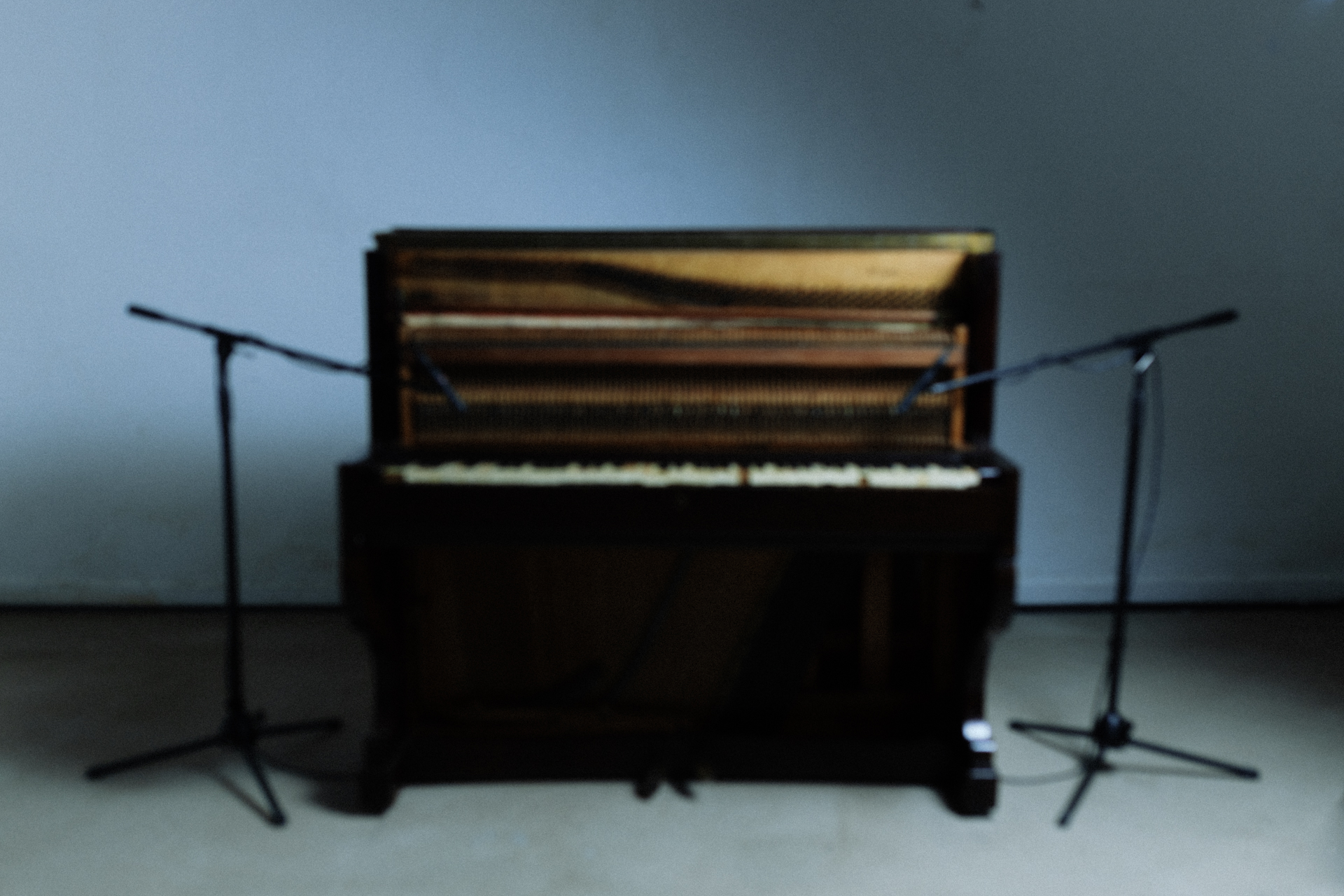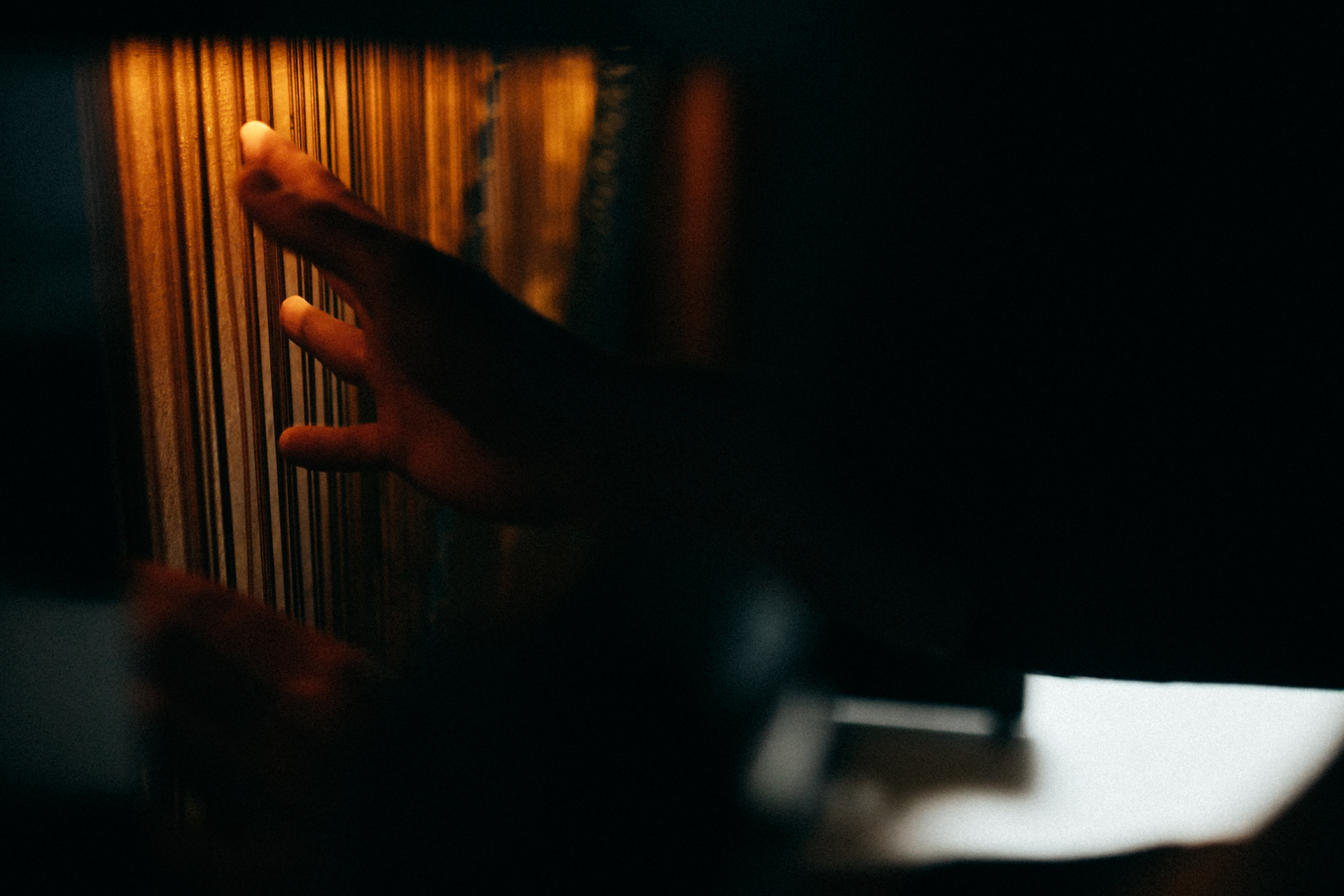ICEBERG-1410
Old piano, solenoids, magnets, custom electronics, microcontroller.
The artwork consists of an old upright piano presented with visible strings, mechanics and detached parts. The instrument has been prepared with an hidden electromagnetic system controlled by a computer which moves its keys and vibrates its strings by following real-time environmental data of air quality and pollution.
A piano represents a massive element with a powerful yet subtle sound. Despite its solidity, it is very
fragile and subject to the aging process caused by time and environmental conditions. The piano utilized in this installation represents a relic from the first generation of its kind, steeped in historical significance. However, despite its venerable appearance it has been forsaken for many decades. Its once resonant sound now reveals a state of profound decay, akin to a glacier gradually melting, fracturing, and vanishing into silence.
The piece invites viewers to contemplate the consequences of human actions on the environment. The piano’s gradual deterioration serves as a poignant metaphor for the planet’s quiet degradation—a reflection of changes, loss of control, disharmony, and abandonment. It stands as a dramatic portrayal of humanity’s impact on Earth.
The installation can also be experienced in form of sound performance during which Ardia interacts with the instrument by exploring its sounds. As his interaction becomes more intrusive, the installation starts to react to his gestures. The dialogue between the performer and the installation becomes more intense
until when the performer does not have any more control.
Alfredo Ardia (in collaboration with Sandro L’Abbate)
2022/23
/
Funded by Musikfonds e.V. by means of the Federal Government Commissioner for Culture and Media (BKM), as part of the NEUSTART KULTUR recovery programme.
